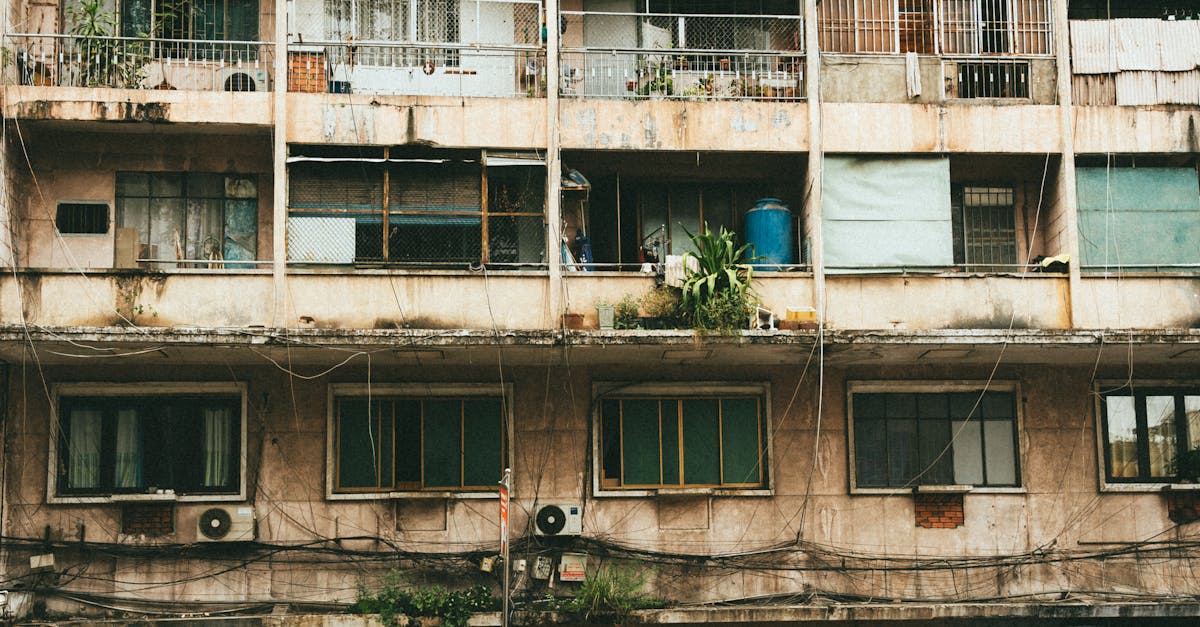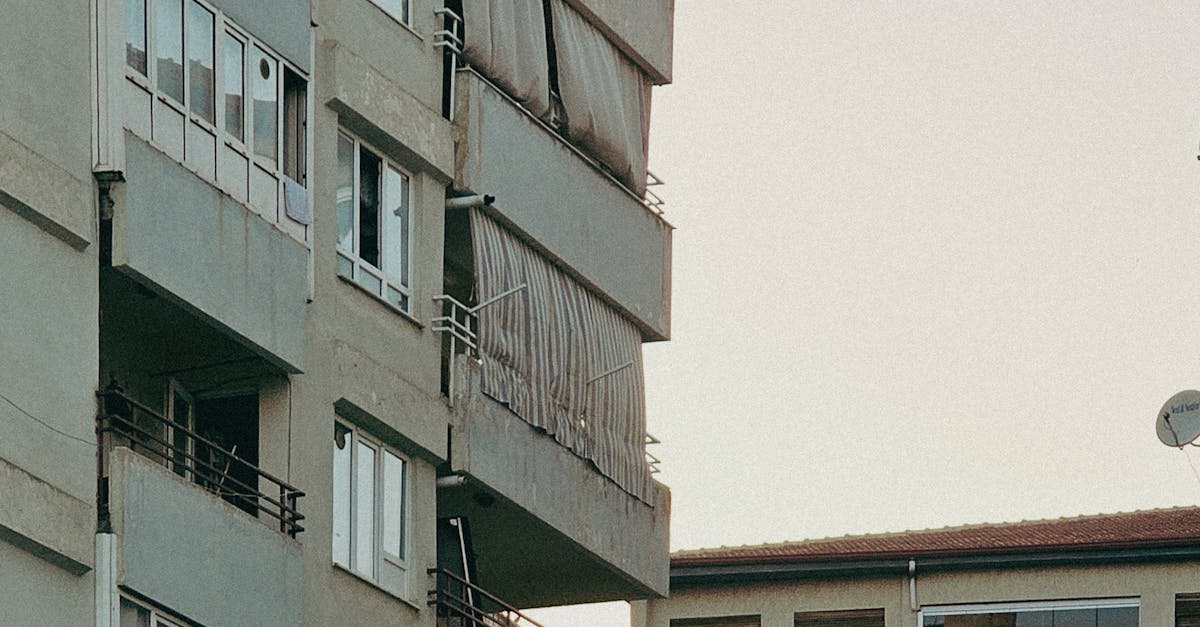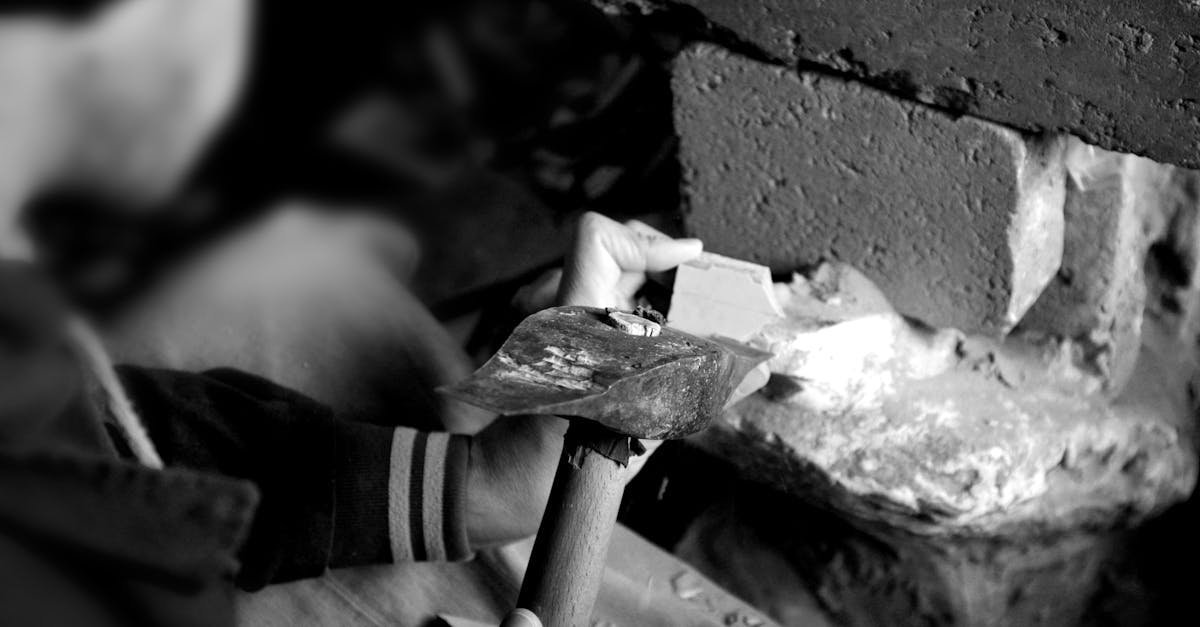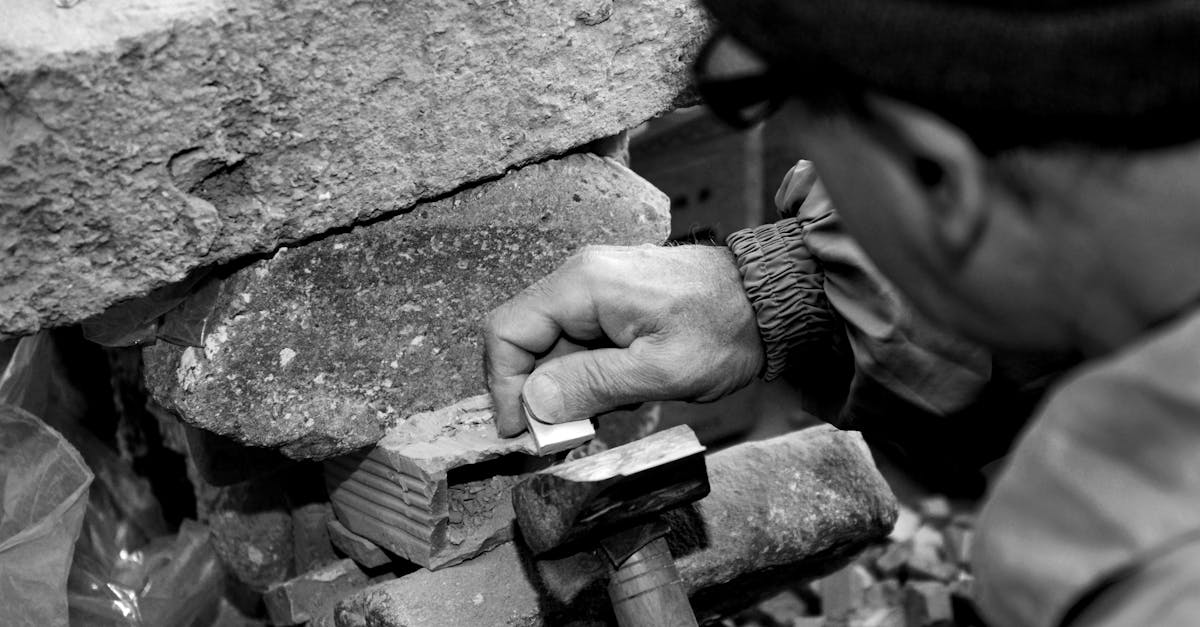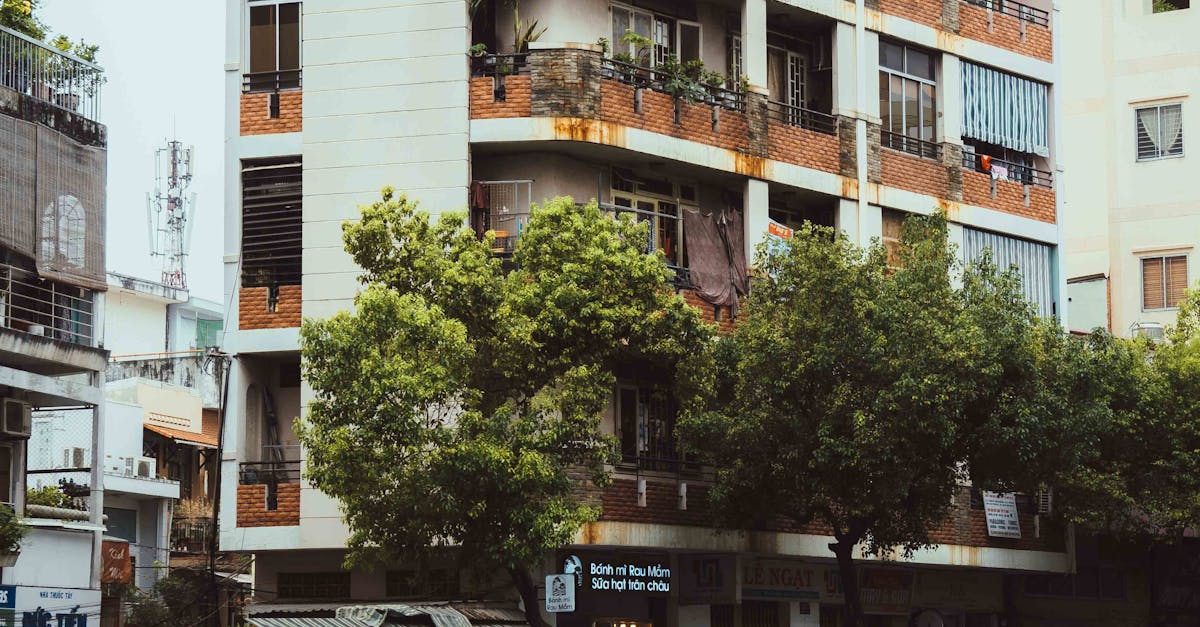
Table Of Contents
Steps Involved in Resetting a Toilet
Resetting a toilet involves several key steps to ensure a proper fit and function. Begin by turning off the water supply at the valve located behind the toilet. Next, flush the toilet to drain the tank and remove any remaining water. Disconnect the water line from the tank, then unbolt the toilet from the floor. Carefully lift the toilet off the wax seal, making sure not to damage the drainage flange.
Once the toilet is removed, inspect the wax seal for signs of wear and replace it if necessary. Set the toilet back in place, aligning it with the flange and ensuring that it sits evenly on the new wax seal. Reattach the bolts and restore the water supply. After the toilet installation and repair are complete, check for any leaks by flushing the toilet several times and observing the connections for tightness.
Detailed Process Overview
Resetting a toilet involves several clear steps that form the backbone of toilet installation and repair. First, it’s essential to shut off the water supply to avoid any leaks during the process. After that, the toilet needs to be removed from the floor, which typically involves detaching the water line and unscrewing the bolts securing the toilet to the flange. Care must be taken to lift the toilet carefully to prevent any damage, particularly to the wax ring that may need replacement.
Once the toilet is removed, cleaning the area around the flange is vital to ensure a good seal when reinstalling. A new wax ring should be placed onto the flange before setting the toilet back in position. When lowering the toilet, alignment with the bolts is critical, as this ensures a secure fit. After carefully pressing down on the toilet to compress the wax ring, the bolts can be tightened. The final steps include reconnecting the water supply, checking for leaks, and ensuring everything operates correctly.
Common Issues During Toilet Reset
During the process of resetting a toilet, several common issues can arise that may complicate the task. One frequent problem is the misalignment of the wax ring when placing the toilet on the flange. If the wax is unevenly compressed, it can lead to leaks, creating a messy situation and requiring removal and reinstallation. Another common issue involves the bolts used to secure the toilet to the floor. They can snap or become stripped during installation, necessitating replacement and potentially delaying the project.
Additionally, old plumbing hardware can pose challenges during a toilet reset. Corroded or rusted components may hinder the team's ability to achieve a watertight seal. If such problems are encountered, it becomes essential to assess whether a complete overhaul is necessary rather than simply resetting the toilet. Toilet installation and repair services often provide expert guidance in these situations to ensure all issues are effectively addressed, maintaining functionality and preventing future problems.
Troubleshooting Tips
When troubleshooting issues that arise during toilet installation and repair, start by checking the wax seal. A damaged or improperly fitted wax seal can lead to leaks, making it essential to ensure it is correctly positioned and not compromised. If water accumulates around the base of the toilet, it’s a clear indication that the seal may need replacement. Additionally, inspect the toilet tank’s connections since loose bolts or fittings can also contribute to leaks or instability.
Noise during flushing can sometimes be attributed to fill valve malfunctions. Adjust the float and check for blockages that may impede the water flow. If you experience persistent clogs, it could signal a deeper issue in the plumbing system rather than a simple operational flaw. As a preventative measure, always use the appropriate type of toilet paper and avoid flushing non-biodegradable items to maintain optimal performance. Each of these aspects is crucial in ensuring a successful outcome in toilet installation and repair.
When to Replace Instead of Reset
Replacing a toilet instead of resetting it may be necessary when significant wear and tear is evident. Cracks in the porcelain or a rusted base can compromise the toilet's functionality. In such cases, simply resetting the toilet won't resolve underlying issues that could lead to leaks or breaks in the future. Buyers should also consider age as a factor; older toilets may not perform efficiently compared to modern models, which offer better water conservation.
Regular maintenance can extend a toilet's lifespan, but some signs indicate a complete replacement is the more prudent choice. Persistent instability, unusual noises, or repeated clogs often point to serious problems. If toilet installation and repair have become frequent tasks, replacing the entire unit may be more cost-effective in the long run. Investing in a new toilet can enhance performance, save on water bills, and reduce the need for ongoing repairs.
Signs of Toilet Wear and Tear
Identifying signs of wear and tear in toilets is essential to maintaining a functional bathroom. Look for cracks in the porcelain, especially around the base and tank. Such cracks can lead to leaks and may require immediate attention. Frequent running water sounds or continuous refilling of the tank may point to internal issues, which can disrupt daily use. Additionally, inspect for any signs of rust or corrosion around metal components, as these can compromise the toilet's effectiveness.
Water stains on the flooring beneath the toilet are strong indicators of potential leaks. Discolouration or warping of the surrounding area can signal ongoing problems that could escalate if not addressed. If a toilet installation and repair expert notices persistent issues despite multiple fixes, it might be time to consider replacing the unit altogether. Regular inspections can help catch these signs early, ensuring the toilet remains efficient and safe for all users.
FAQS
What is the average cost to reset a toilet in Australia?
The average cost to reset a toilet in Australia typically ranges from $100 to $300, depending on factors such as the complexity of the job and the plumber's rates.
Are there additional costs involved in resetting a toilet?
Yes, additional costs may include repairs for any underlying issues, replacement parts such as wax seals or bolts, and the cost of hiring a plumber if you choose not to do it yourself.
How long does it usually take to reset a toilet?
Resetting a toilet usually takes about 1 to 3 hours, depending on the complexity of the installation and whether any troubleshooting is required.
Can I reset a toilet myself to save money?
Yes, you can reset a toilet yourself to save on labour costs, but make sure you have the right tools and knowledge to do it correctly to avoid further issues.
What are the signs that I need to replace my toilet instead of resetting it?
Signs that you may need to replace your toilet include frequent leaks, cracks in the bowl or tank, persistent clogs, or if it’s very old and inefficient compared to modern models.








